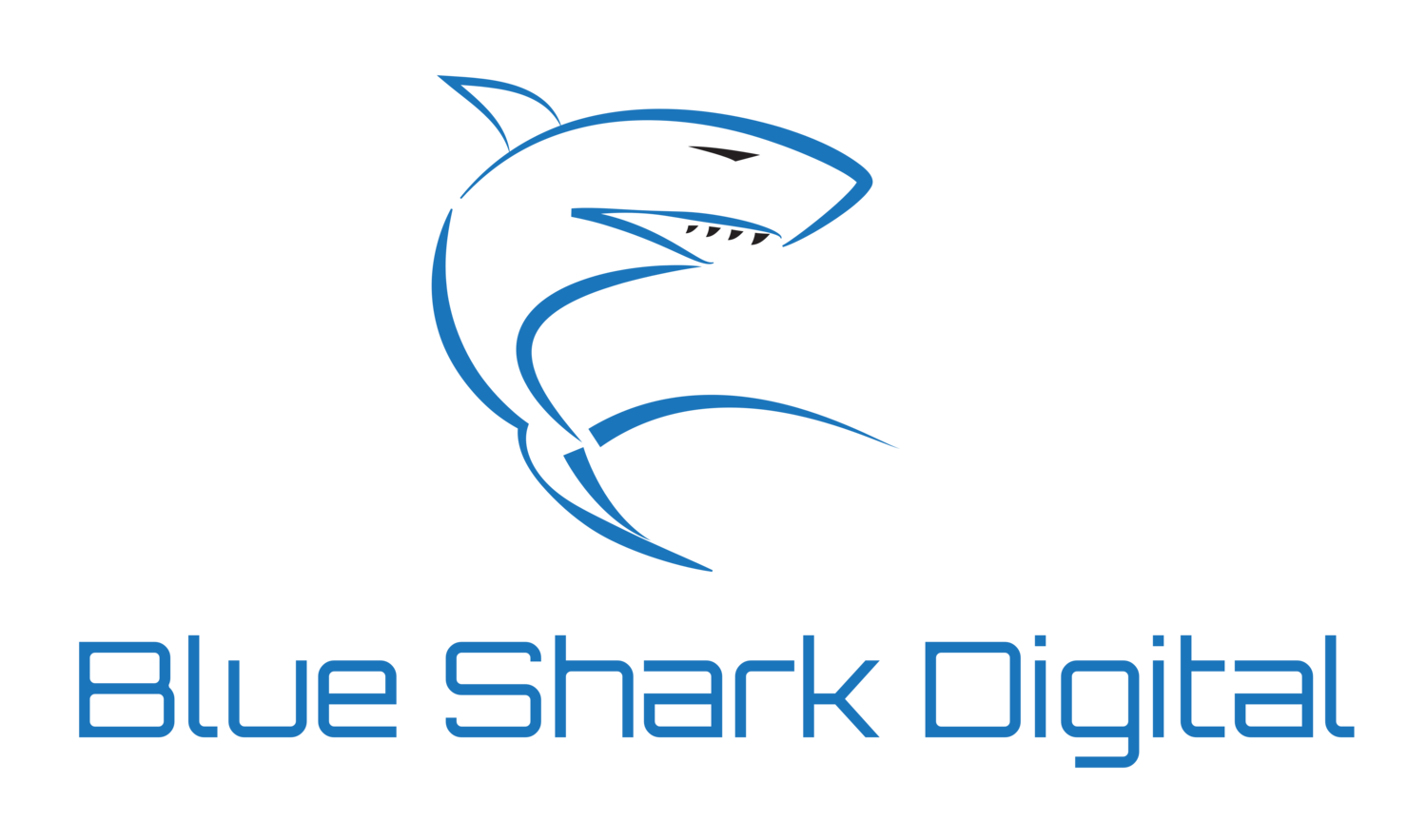The rise of Intelligent Content
Just as every company “had to have Facebook” with the rise of the social media platform years ago, the latest conception is that every company website needs a content strategy and a blog. I have heard both in my time working across various businesses in Northern Ireland.
In short, this is true. In today’s multichannel and multiple device online world, content is and will remain king. However, therein lies the problem. Marketing send emails and direct mail, salespeople send brochures to clients, digital marketing push content to the blog and website and via social media... Whether you are a small SME or a large multinational, you may have content-generating sources, internally and externally, numbering in double-figures.
As technology grows, so does this list of content sources. Synergy with the brand is likely to suffer and the synergy of the content becomes diluted. Does the marketing persona and message of a printed flyer sit seamlessly with the live chat operative engaging with a prospect customer? The likelihood is no. However developing ad hoc content strategies for each communication channel becomes a mammoth task. Content needs to be optimised and personalised (or hyper-personalised but that is a conversation for another day!) for each communication channel. How can this all be managed? Is it a serious issue for many businesses. Step forward Intelligent Content.
What is Intelligent Content
“...structurally rich and semantically aware, and is therefore automatically discoverable, reusable, reconfigurable and adaptable” A. Rockley
Content, and how we consume it, is changing and quite dramatically at that. Google Home and Amazon Echo, once the concept of 80’s science-fiction, are now viewed by consumers with a kind of expectation, rather than amazement at this innovative and extremely useful technological development. Augmented and Virtual Reality are a new channel of communicating yet to be utilised by businesses. There will be many more to come.
The theory (and application) of intelligent content is relatively straightforward. It involves taking the content out of the context of its presentation layer (e.g. a web blog) and breaking it down into chunks or components. These chunks are then structured with semantic metadata allowing for their reconstruction and delivery across different channels.
Removing the jargon, some businesses create bespoke content for different channels, delivered via different personas. I.e. this type of content will work for social, especially as our tone is jovial and ultra-friendly on Facebook. Intelligent Content challenges this view. By viewing content creation as essentially a series of “chunks”, it becomes easier to see how it can be communicated across different channels and via different devices.
Instead of each department creating a version of content geared towards their audience and their internal goals and targets, intelligent content ensures that consistent metadata and brand and message synergy is prominent in all content and communication.
Using the example of Acme Insurance depicted below, you can see how easily content and communicated can lose synergy and the brand message becomes blurred as different channels attempt to deliver results. Lots of big businesses fall into this trap and inter-departmental rivalry endures at the expense of content synergy.
However what Intelligent Content delivers is ubiquitous and consistent communication, which has its obvious benefits.
· Lower cost to produce (development, review and maintenance)
· Brand and Communication Synergy
· Cross-device, cross platform uniformity in communication
· Frees content creators to add value elsewhere
· Improved content performance in driving online and offline goals
In summary, Intelligent Content delivers the right information to the right customers in the right format and at the right time in the customer journey. This is particularly important when studies such as Forresters Research reported:
“Today’s buyers might be anywhere from two-thirds to 90% of the way through their journey before they reach out to the vendor.”
How do I get an Intelligent Content strategy?
Blue Shark Digital would always advise clients, if you have something to say, say it right. Say it to those who may be interested and in a manner that they will listen. If you have nothing to say, then why are we here? Yes there is best practice in terms of content strategy and delivery, however your content strategy will need to have elements that are unique to you, not just the message but the channels and delivery utilised.
For more information on Intelligent Content strategy creation, speak to Blue Shark Digital. We are currently offering a free one-hour consultation.



